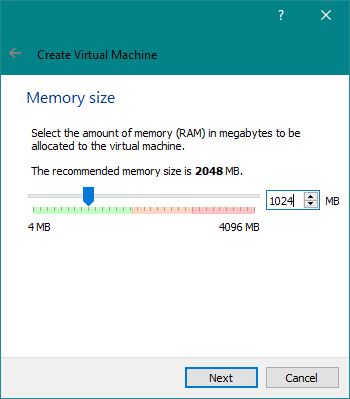Did you know that you can install and run more than one Operating System on your computer at the same time? Is Windows 10 not doing some of the tasks that Windows 7 can do? but you still need Windows 10 for some tasks that Windows 7 can’t do. Or you just want to test the look and feel of a different Operating System.
Either way, this article will help you get rid of the frustration you have right now by showing you how to install windows 7 in VirtualBox on Windows 10. This is no dual boot. This is running Windows 7 and Windows 10 at the same time.
All you need to do is to install the Oracle Virtual Box.
Great thanks to Oracle which came up with this powerful tool. With this guide, you will be able to install Windows 7 on a Windows 10 computer using a VirtualBox and then run these two operating systems at the same. All you do is just switching windows from Windows 7 to Windows 10. This actually explains why the tool is called a Virtual box.
But before I walk you through the complete guide on How to install windows 7 in VirtualBox on Windows 10, let’s first head over to the official site and download the latest version of Virtual Box.
Note that you might need to register an account before downloading the Virtual Box.
And since we are going to install Windows 7, download the Windows 7 ISO image file from here so we can get started.
How to install windows 7 in VirtualBox on Windows 10
Open the Oracle VirtualBox through the desktop shortcut created or by searching for it in the start menu.
Click on New in the top left corner.
Type “Windows 7” as the Name. Under Type, select Microsoft Windows and then under Version, select either Windows 7 (32-bit) or Windows 7 (64-bit) and then click Next

Select the amount of memory (RAM) to allocate for Windows 7. I recommend a minimum of 1024MB ( 1GB ). But you can have more in case you intend to use Windows 7 for heavy tasks. Click Next

From the next options, select create a virtual hard disk now > create > VDI > Dynamically allocated
Enter the amount of space to allocate for Windows 7. This depends on the task that you’ll use for your new Operating System. Microsoft recommends a minimum of 20 GB for Windows 7 ( 64-bit ) and 16GB for Windows 7 ( 32-bit ). Click Create to continue.
At this point, Windows 7 will be listed under the available Operating Systems in the left menu. Click on it and then click on the Settings icon in the top menu.

Under System settings, mark Optical, and hard disk checkboxes, and then unmark Floppy and network checkboxes. Leave other system settings as default.

In Display settings, Move the video memory slider to maximum and then mark the Enable 3D acceleration checkbox.

Under storage settings, click on the disk with the empty label. Under Attributes, click on the disk icon and Choose virtual optical Disk file where you should locate the Windows 7 ISO image

In USB settings, select USB 1.1 controller and then click OK
Begin the Windows 7 installation by clicking on the START icon

Follow the Windows installation steps here.


